The Legacy of the 1972 Datsun 240Z: Japan’s First True Sports Car Icon 🎌
When enthusiasts talk about the golden era of Japanese sports cars, the 1972 Datsun 240Z stands as a pivotal icon that changed the automotive world forever. Known in Japan as the Nissan Fairlady Z, this lightweight, rear-wheel-drive coupe marked the beginning of Nissan’s legendary Z-car lineage and brought Japanese performance to the global stage—particularly the American market.
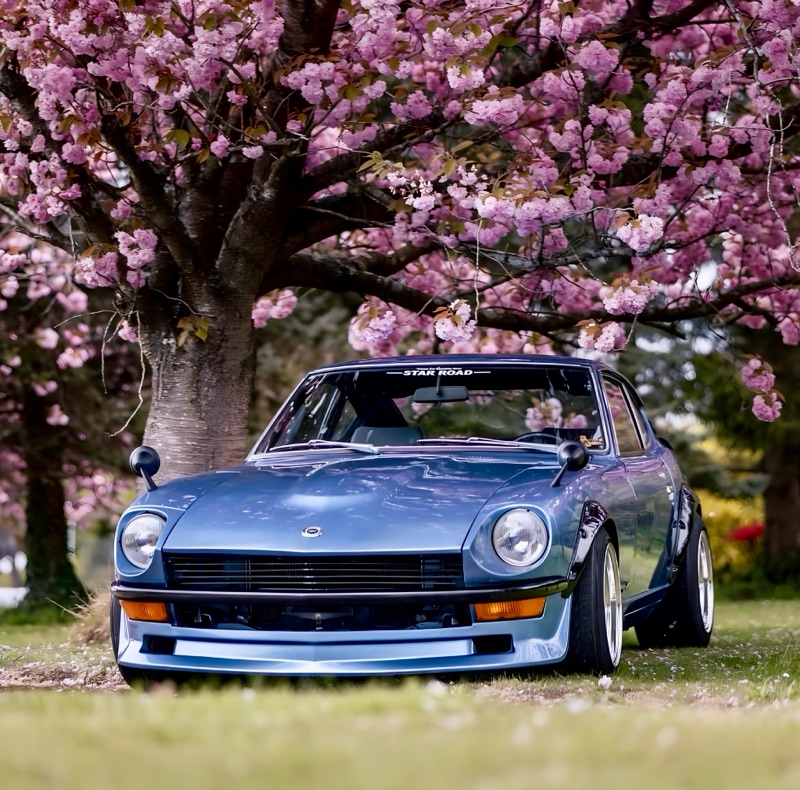
A Game-Changer in the Sports Car Market
Introduced in 1969 and continuing production until 1973, the Datsun 240Z was a revelation. By 1972, the model had already gained significant traction in North America thanks to its affordable price tag, sleek European-inspired styling, and impressive performance. Designed to compete with European sports cars like the Jaguar E-Type and Porsche 911, the 240Z offered similar thrills at a fraction of the cost.
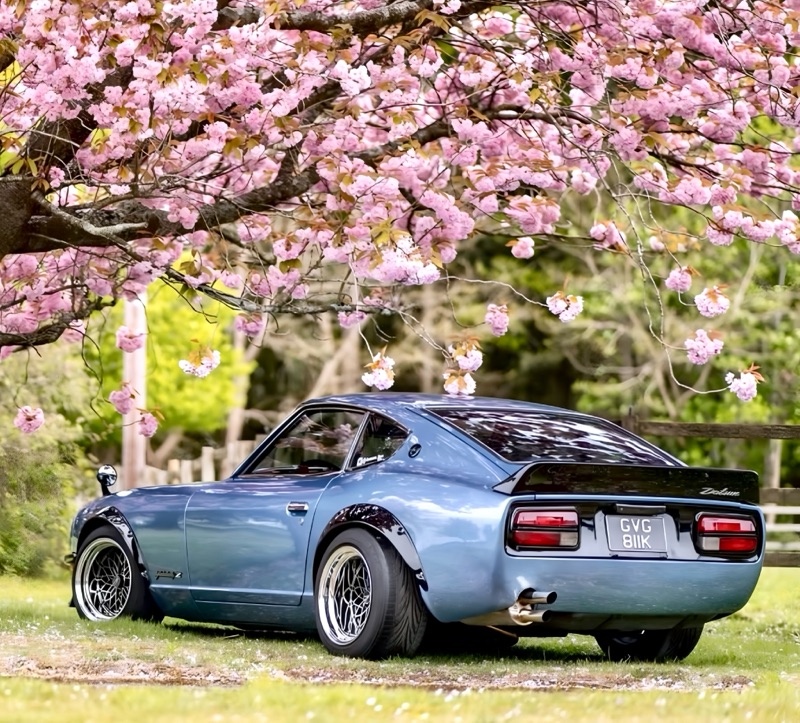
Under the hood, the 1972 model came equipped with a 2.4-liter inline-six engine (L24), delivering 151 horsepower and 146 lb-ft of torque. Paired with a 4-speed manual transmission, the 240Z could sprint from 0 to 60 mph in just under 8 seconds—a respectable time for the era. But beyond numbers, it was the driving feel that captured hearts: light, agile, and full of personality.
JDM Roots, Global Impact
While the Datsun 240Z was tailored for the U.S. market, it was deeply rooted in Japanese engineering excellence. The design was spearheaded by Yoshihiko Matsuo, chief designer at Nissan’s Sports Car Styling Studio, who aimed to create a car that was not only beautiful but also functional. The result was a perfect blend of Japanese reliability and European flair.
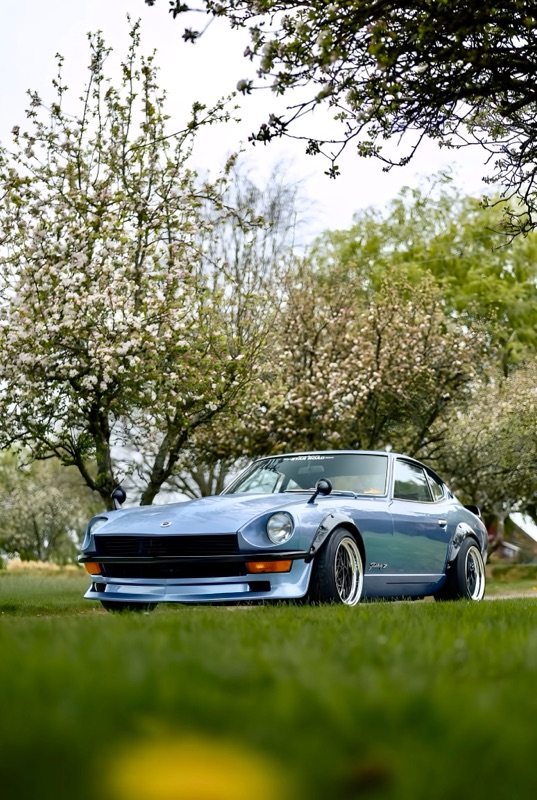
The 240Z also made waves in motorsports, dominating SCCA (Sports Car Club of America) races in the early 1970s. This motorsport pedigree further solidified its reputation and fueled the rise of Japanese sports cars in the West.
The 1972 Model: Evolution and Refinement
By 1972, Nissan had refined the 240Z’s formula. This model year featured minor tweaks such as updated emblems and interior changes, but maintained the core design elements that made the car iconic. It struck a balance between raw performance and everyday drivability, making it a favorite among both gearheads and casual drivers.
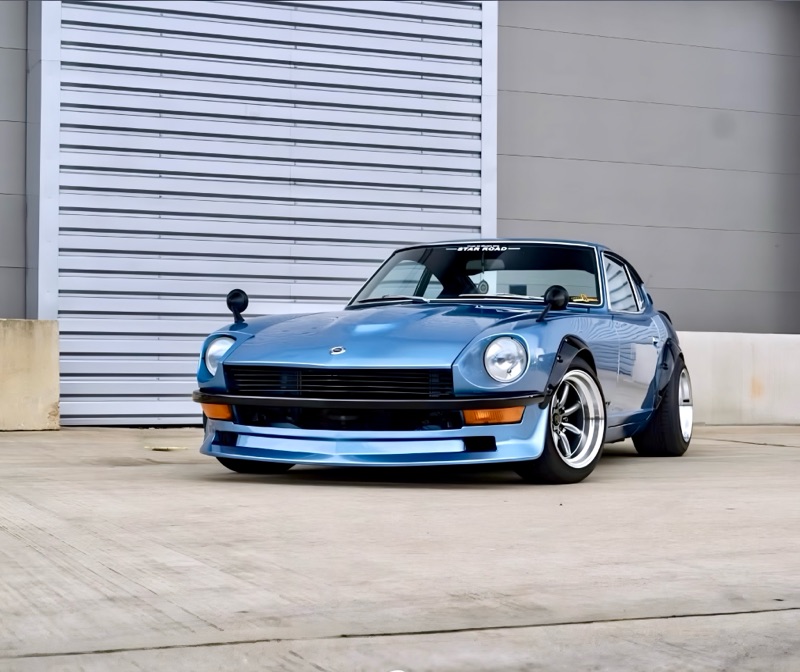
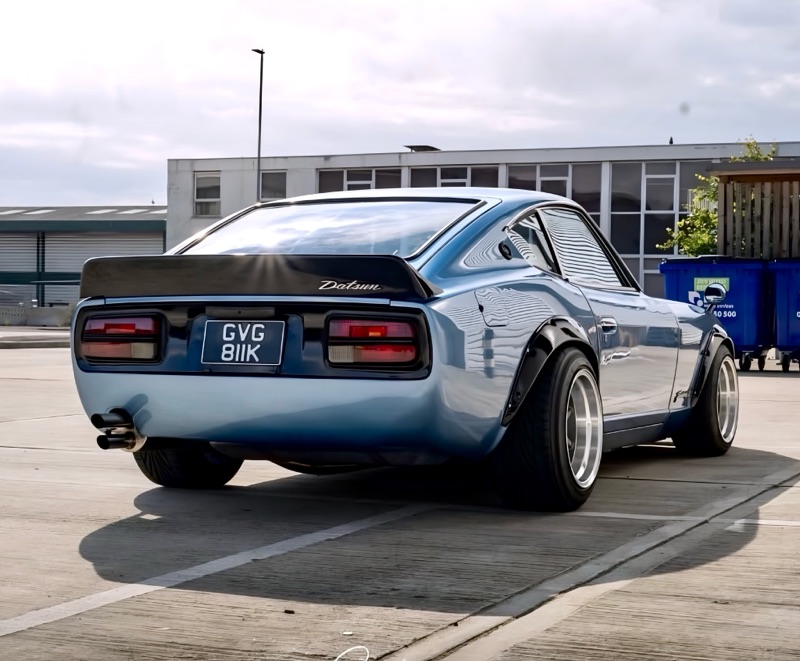
Collector’s Dream and JDM Icon
Today, the 1972 Datsun 240Z is one of the most sought-after classic Japanese cars. Its timeless styling, mechanical simplicity, and historical significance have earned it a place in museums and private collections around the world. Enthusiasts treasure original examples, and restomod projects are common among JDM builders who want to modernize the legend without sacrificing its soul.
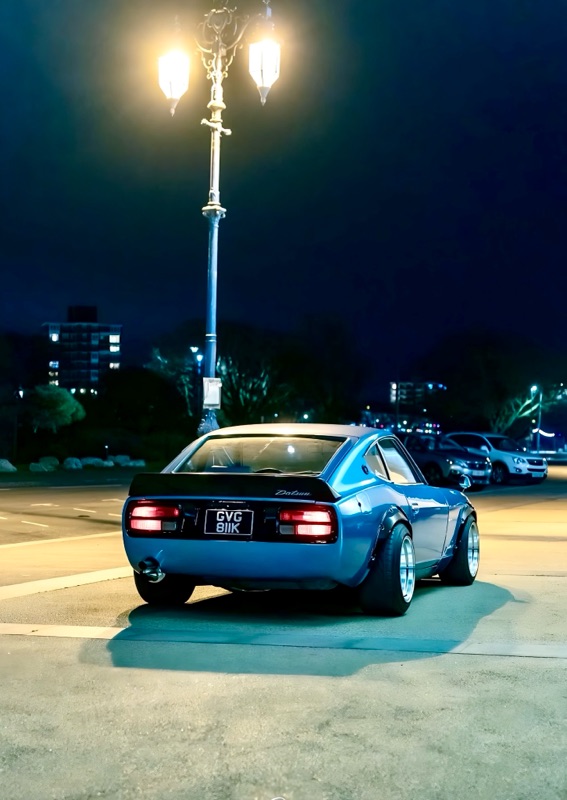
Prices for clean, original 240Zs have skyrocketed in recent years, especially in the U.S. market, where the car originally made its biggest impact. It’s not just a nostalgic piece of history—it’s a statement of how Japan earned its place in the performance car hall of fame.
Legacy in the Z-Car Lineage
The legacy of the 1972 Datsun 240Z lives on through the evolution of the Nissan Z-series, from the 280Z to the 300ZX, 350Z, 370Z, and the modern-day Nissan Z. Each generation owes a debt to the groundbreaking design, engineering, and vision of the original 240Z. It proved that Japanese automakers could compete with and even outperform their European and American counterparts.
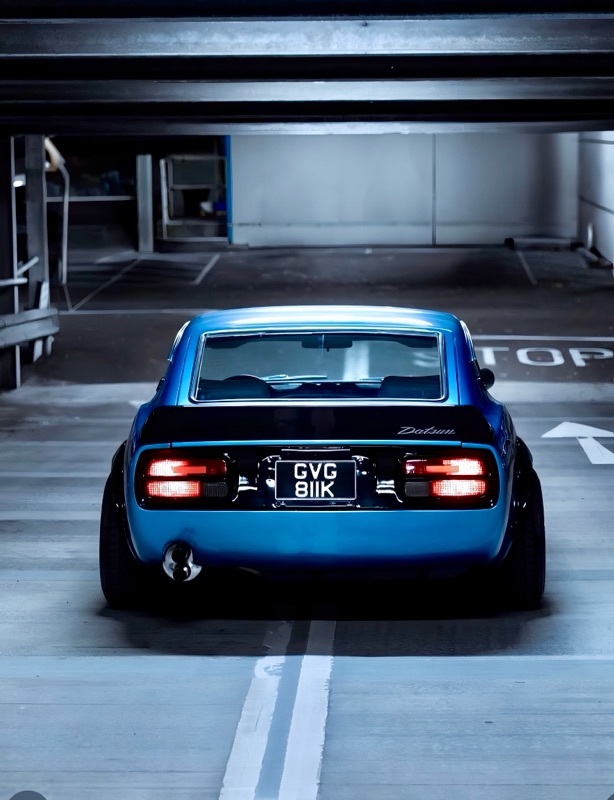
Final Thoughts
The 1972 Datsun 240Z isn’t just a classic car—it’s the blueprint for the modern JDM sports car movement. Affordable yet aspirational, stylish yet functional, and above all, fun to drive, the 240Z set the stage for decades of Japanese innovation in motorsports and car culture. It remains a legend, and for many, it will always be the car that started it all.
Comments
Post a Comment